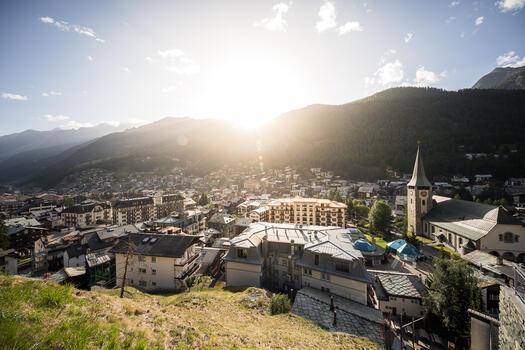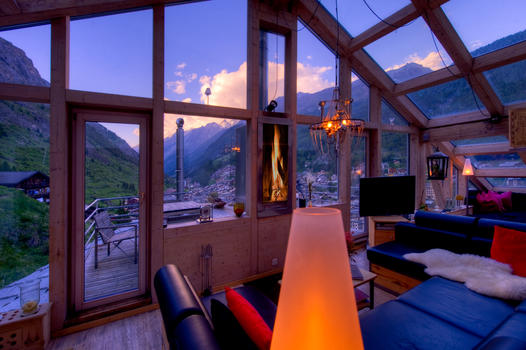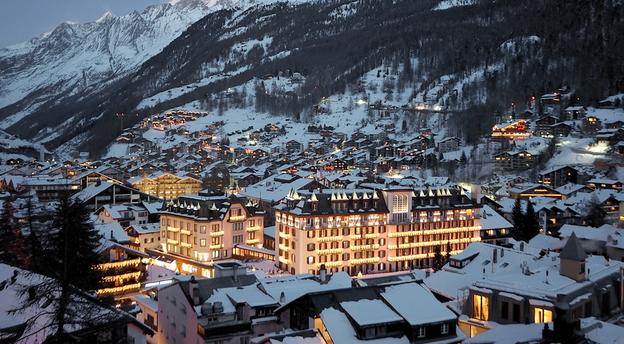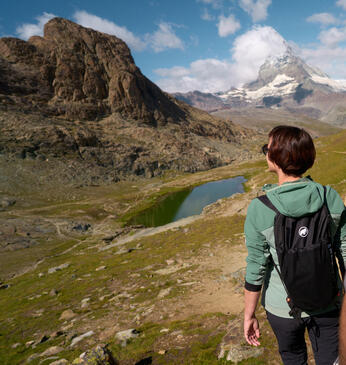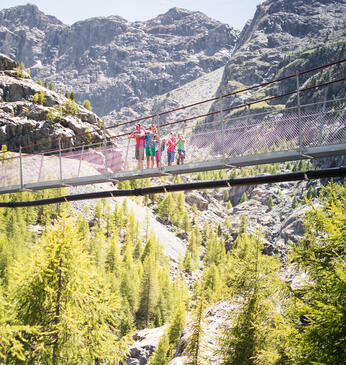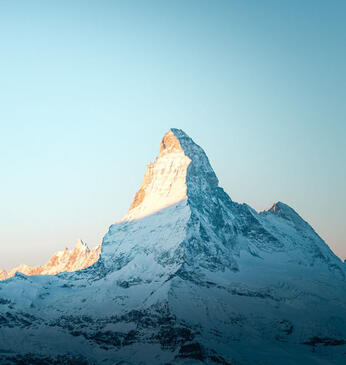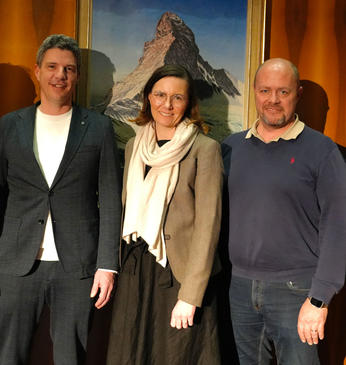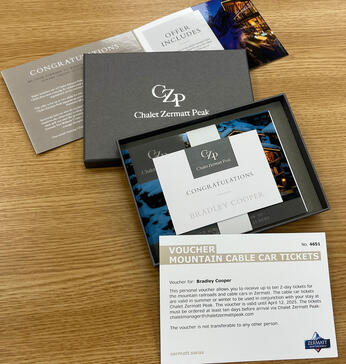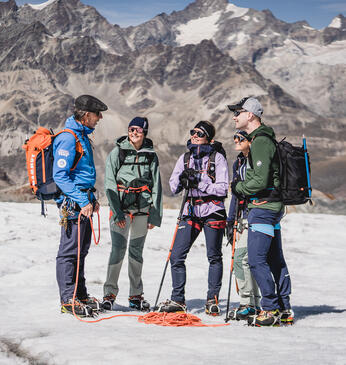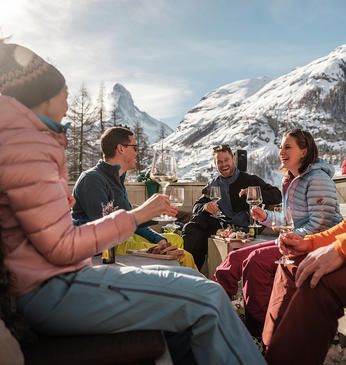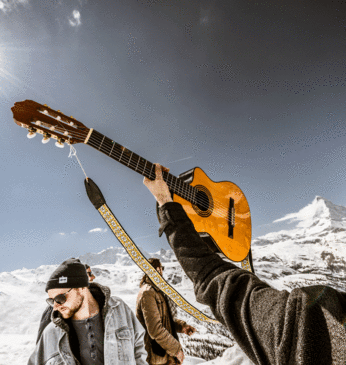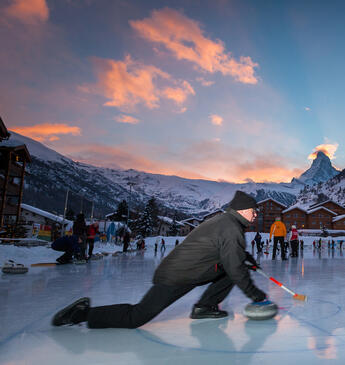
There are rushes and gurgles everywhere in Zermatt. On glaciers, in meadows, over rocks and cliffs. In Zermatt, the cold glacier water of the Arbenbach Fall in the Zmutt area cascades in a graceful arc over a rocky outcrop. In the Gorner Gorge, the icy waters of the Gornera thunder down to Zermatt village.
A landscape shaped by water
Until the 18th century, Zermatt was called “Prato Borni”, which means “meadow in an area of springs”. The name Zermatt first appeared in a record dated 1831. Zermatt has 94 springs in 13 spring zones and 4 mountain streams merge in the municipal district: the Gornera, Triftbach, Zmuttbach and Findelbach. All streams, whether large or small, whether with or without a name, shape Zermatt’s image and acoustics. In winter, ice-falls with their icicles shimmer on the surrounding cliffs in the cold air. In spring, the rushing sound of streams freed from the blanket of snow can be heard again.
But water is not only beautiful to look at but also shapes the landscape. Most of the erosion in the mountain landscape is caused by water. In winter, as ice that cracks apart rock and stones, in summer as the force that transports boulders, gravel and sand down to the valley.
Water for fun
At present Zermatt has over 50 mountain lakes. This number can vary as the mountain landscape is constantly changing. Anyone looking for recreation in superb landscape should follow the Five-Lakes Trail – with views of the Stellisee lake, which mirrors the Matterhorn when there is no wind. At the Leisee lake on Sunegga youngsters can romp around, play in the water, take an adventurous ride on a raft or build a dam. In the meantime, their parents can prepare a tasty barbecue for the family picnic and marvel at the view of the Matterhorn.
Drinking water: outstanding quality
Thanks to its wealth of water, Zermatt has a 100 per cent, self-sufficient supply of pure spring water. “Zermatt Municipality has drinking water of excellent quality,” says Urs Kamm, head of the Water Department of the Swiss Gas & Water Association (SVG). This is substantiated by the available laboratory results. Paul Schwery from the Zermatt Water Authority adds: “Since 2010, we have fed exclusively spring water into Zermatt’s drinking-water supply. Our water is not only pure but also refreshing with an excellent taste.” The reasons: the water flows from the taps at only 4°C and the water-supply pipes are very short. Zermatt water is also very soft because it primarily flows through crystalline rock such as gneiss and granite and thus does not pick up minerals, however contains calcium and sulphate because of the rock. The water in Zermatt also contains virtually no nitrate as the mountain slopes are little used for agriculture. Microbe values also lie far below the Swiss average and also far below the legal tolerance value.
With all this evidence, it’s not surprising that Paul Schwery promotes Zermatt water: “Drink Zermatt water. It’s better than most of the mineral water that’s on sale. It’s fresh and bracing”.
Water in Zermatt
| Number of spring zones: Tällini / Gand / Ried / Berterwald / Löübre / Balmbrunne / Rifelbord / Grienu-Wase / Riiti / Schweigmatte / Stollen Gornera / Siphon Gornera / Schochna | 13 |
| Water consumption with high bed-occupancy rate (turn of year) | 6240 m3 / 72 l/sec |
| Water consumption with low bed-occupancy rate (May) | 2163 m3 / 25 l/sec |
| Total water consumption in 2011 | 1,4 Mio. m3 |
| Municipal fountains | 26 |
| Private fountains | 5 |
